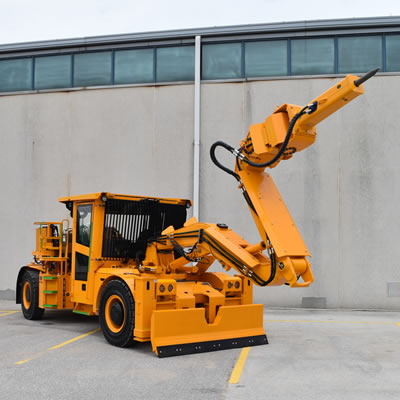Mining juniors turn to alternative financing

Canada’s junior mining companies are turning to alternative sources of funding such as private investments, strategic mergers and the sale of non-co
Canada’s junior mining companies are turning to alternative sources of funding such as private investments, strategic mergers and the sale of non-core assets in the face of headwinds that range from slowing global growth to risk-averse investors.
Junior mining companies, which typically focus on exploration, have often turned to the equity markets to secure funding for new projects.
But with risk-averse investors taking their money elsewhere, the sector is looking at other means to raise capital.
For the past decade or so, China’s growth has pushed the price of metals higher as the world’s second-largest economy boosted everything from manufacturing to residential construction.
However, predictions for a tempering of global economic growth point to weakened demand for commodities for the remainder of the year.
Base metal prices are expected to decline by about one per cent in 2013—putting them 17 per cent below the 2011 average, according to a World Bank report issued last week.
Meanwhile, the price of precious metals is expected to decline by more than 10 per cent this year.
The weakening demand for metals means many investors don’t view the projects proposed by junior miners as needed in the near term, according to Fung.
“As long as the market doesn’t think that their projects are necessary, they’re not going to put any money into these companies,” she said.
However, the challenges facing junior mining companies go beyond weakening demand for metals.
The unpredictable nature of emerging markets, where many Canadian mining companies operate, has made investors afraid to take on risk, according to the Canadian Mining Eye, published by Ernst & Young earlier this month.
That’s made it difficult for junior mining companies to attract financing on the equity markets through initial public offerings.
Neither of Canada’s largest stock markets—the Toronto Stock Exchange or TSX Venture Exchange—had a mining IPO in the first quarter of 2013, according to a report published in April by PwC.
Of the $422-million total in IPO activity counted by PwC, only $250,000 was in the mining sector and it was placed on the Canadian National Stock Exchange.
Ross Gallinger, executive director of the Prospectors and Developers Association of Canada, says that while some junior mining companies have been able to attract funding, most of these deals have been for less than $200,000.
“We see this as a cyclical piece and the conversation right now is about whether we’re at the bottom or not and where things will go from here,” said Gallinger.
The challenge for junior mining companies will be finding ways to hang on until the tide turns, he added.
The companies are employing a number of strategies to this end, including strategic mergers to cut overhead costs, selling off non-core assets and seeking out debt financing.
B2Gold completed its merger with CGA Mining Ltd. in January, combining the operations of CGA’s Masbate gold mine in the Philippines with B2Gold’s Limon and La Libertad gold mines in Nicaragua.
Ian MacLean, vice-president of investor relations, says once the company has finished absorbing the acquisition, it will be in a good place to acquire other companies with friendly takeover bids.
“We were already generating substantial cash flow from our two Nicaragua assets,” said MacLean. “This was a way to further increase that cash flow and put us into a position where, maybe, we can do certain mergers or acquisitions of smaller companies that need influx of capital.”
Source: Canadian Manufacturing Newsletter




